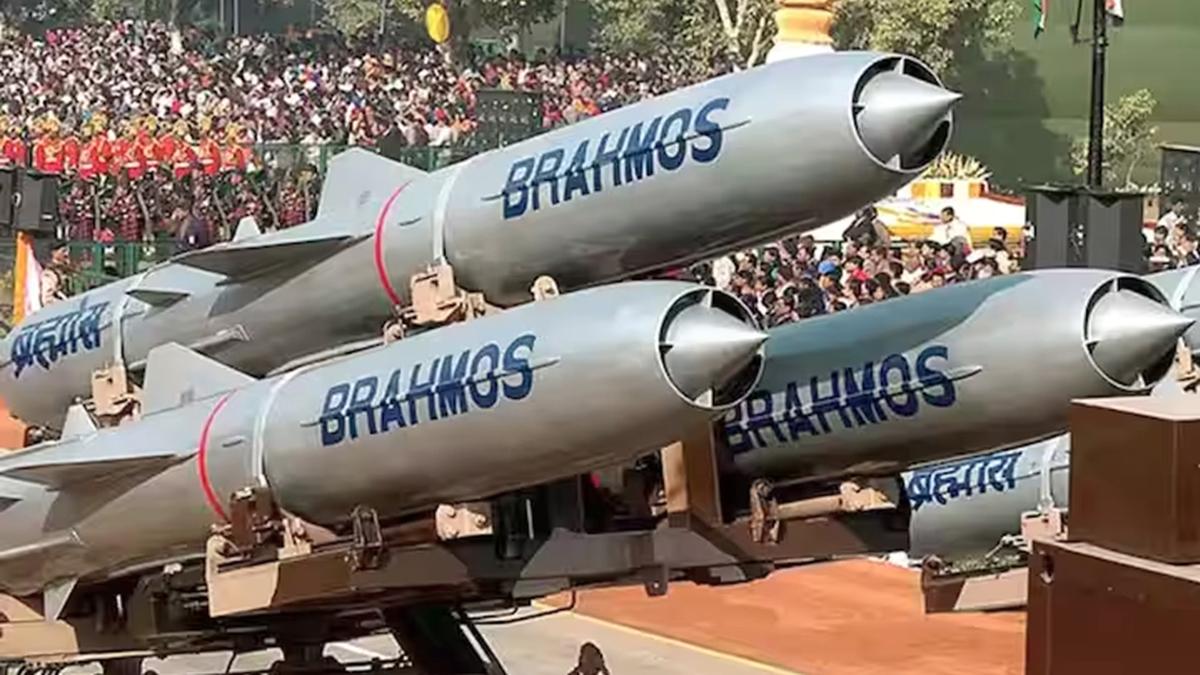Now Reading: IAF Focuses on Long-Range Missiles Following Operation Sindoor Success
-
01
IAF Focuses on Long-Range Missiles Following Operation Sindoor Success
IAF Focuses on Long-Range Missiles Following Operation Sindoor Success

Speedy Summary
- The Indian air Force (IAF) is prioritising the induction of air-to-ground and air-to-air missiles with strike ranges exceeding 200 km to enhance long-range engagement capabilities.
- Recent operational success during Operation Sindoor demonstrated the effectiveness of advanced systems such as BrahMos, SCALP, Rampage, and Crystal Maze missiles, wich neutralised targets from distances between 250 to 450 km.
- The IAF bypassed Chinese HQ-9 air defence systems using standoff weaponry in long-range operations.
- Progress of longer-range Astra missile variants has been requested from DRDO. Interest in Russia’s R-37 missile, which exceeds 200 km range, has also been expressed.
- Project Kusha aims to develop indigenous long-range air defence missile systems; additional squadrons of Russian S-400 Triumf may be procured depending on manufacturing feasibility.
- A record was set by the IAF recently by shooting down a surveillance aircraft at a distance exceeding 300 km. Deployment of S-400 systems has forced Pakistani Air Force adjustments in flight paths for safety reasons.
- Modernisation proposals include additional Rafale jets, fifth-generation fighters, and an expanded arsenal of advanced missile systems.
Indian Opinion Analysis
The Indian Air Force’s increasing focus on long-range weapons aligns with strategic objectives aimed at bolstering deterrence capabilities against regional adversaries.By prioritising standoff weaponry that operates beyond enemy air defences and investing heavily in indigenous programs like Astra and Project Kusha alongside proven external systems like Russia’s R-37 or S-400 Triumf, India seeks to address vulnerabilities while amplifying operational efficacy.
Thes advancements highlight India’s commitment to modernisation for future conflicts were technological superiority can determine outcomes. Notably significant is their impact on adversary behavior-such as Pakistan altering flight strategies-which underscores how effective deterrents may reduce direct conflicts. However, balancing indigenous developments with reliance on foreign acquisitions remains crucial for maintaining autonomy over critical defence infrastructure.
Read More: Original Article























